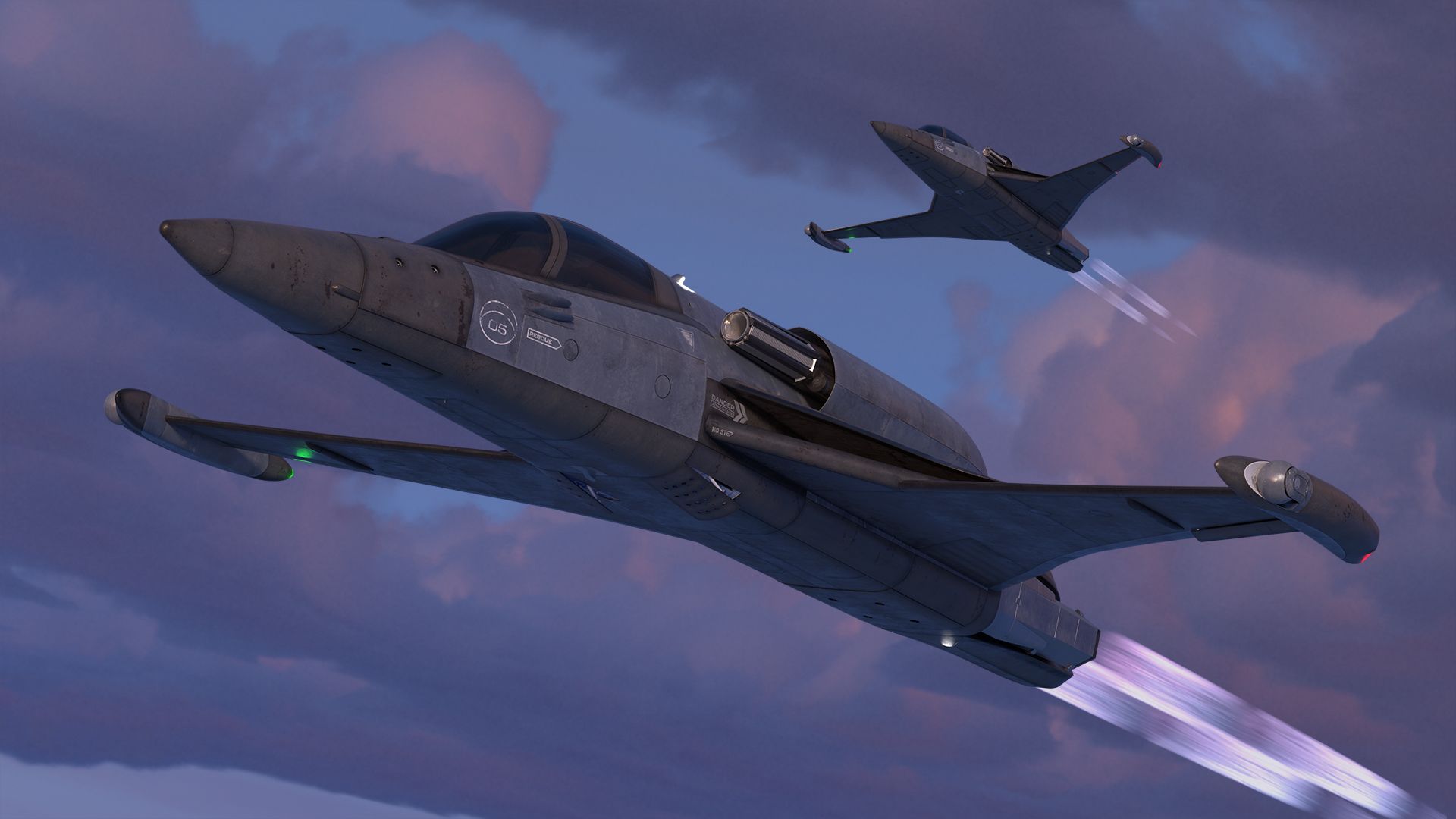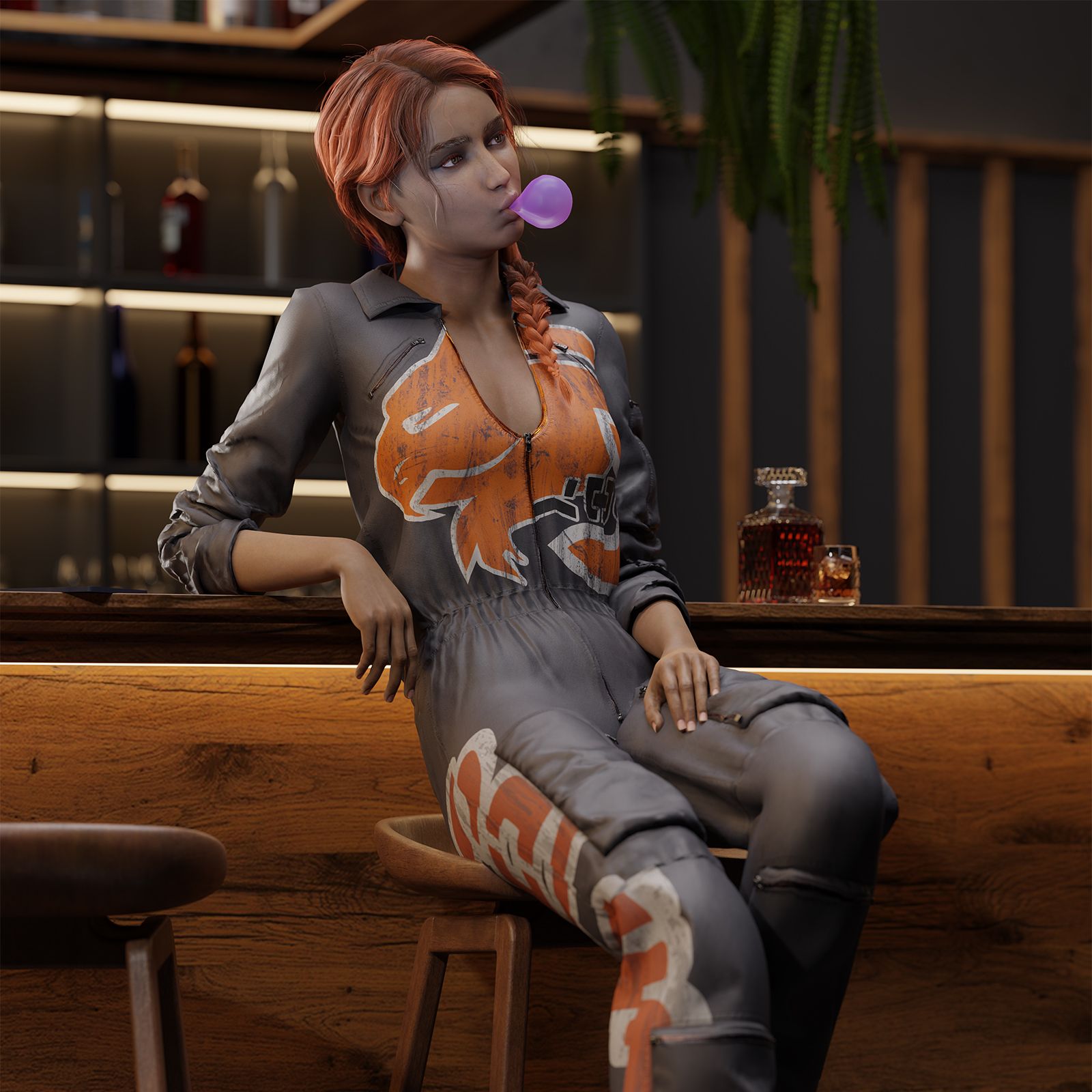After a lengthy development and testing period, we are now proud to present the next major iteration of the Stardust beta ruleset, version 0.8. We've overhauled a lot of mechanics in the name of providing a more tactical and strategic gameplay experience, as well as fine-tuning the balance of the game and insuring every weapon, item, quirk, and upgrade is worth its cost, no more, no less.
If you simply want to get access to the new rules, and get to playing it on Tabletop Simulator, skip right to Final Notes.
What's new in v0.8?
Card-based activation system
We have totally overhauled the existing activation system that you used to determine the movement order of ships on the board.
Previously, at the start of the turn, both players would roll a 10-sided die to determine initiative. Whoever rolled lower would have to move one of their ships first, then their opponent would move a ship, then the initiative loser would move another ship, and so on back and forth until all ships have moved.
In Stardust, being able to move in reaction to your opponents is a major advantage, as all combat is simultaneous, meaning that ships didn't get to shoot until all ships have moved. This meant that ships that moved later in the activation order were able to reliably outmaneuver their opponents and avoid their arc of fire. With the existing initiative system, this meant that whoever won initiative for a turn was essentially granted a massive positional advantage, based purely on the luck of a die roll.
Speaking personally here, I did not feel this to be consistent with how aerial combat works. Yes, aerial combat is highly reactive, but the #1 rule of dogfighting is "Maneuver in relation to your opponent." As the initiative system existed, essentially, only one player got to do that a turn, and it came down to not tactics, ship selection, or strategy, but luck. This left a bad taste in my mouth.
In v0.8, that system is being replaced with a card-based activation system. It utilizes a standard 52-card deck, with the 12 face cards removed, along with the 2 Joker cards. At the start of a turn, players draw an amount of cards from the deck equal to the number of ships they have in play. Players can then choose which of the cards they have drawn will go to which of their ships on the board, and place those cards next to their ships, face down. When all cards are placed, ships move in order of the cards, from the lowest cards, to the highest cards, and in order of suit, from spades, to clubs, to diamonds, to hearts.
Players can also spend points to add face cards to their hand before the game. Face cards move after all cards except for Aces. When a face card is spent, it is discarded from the game, so they are one-time use. This means that it may be advantageous to spend a little bit less points on your ships and pilots, and buy up some face cards, which can be used as a cushion for if you draw some low cards from the deck, or to turn the tables on your opponent with a decisive play. After all, Stardust is a fast, lethal game; one decisive move can make the difference between victory or defeat.
This system I feel is a natural improvement, because it doesn't eliminate the role that luck can play in a game, but it offers players a method to take luck out of the equation, and outplay each other. Anything that adds more strategy to the game should be a natural improvement.
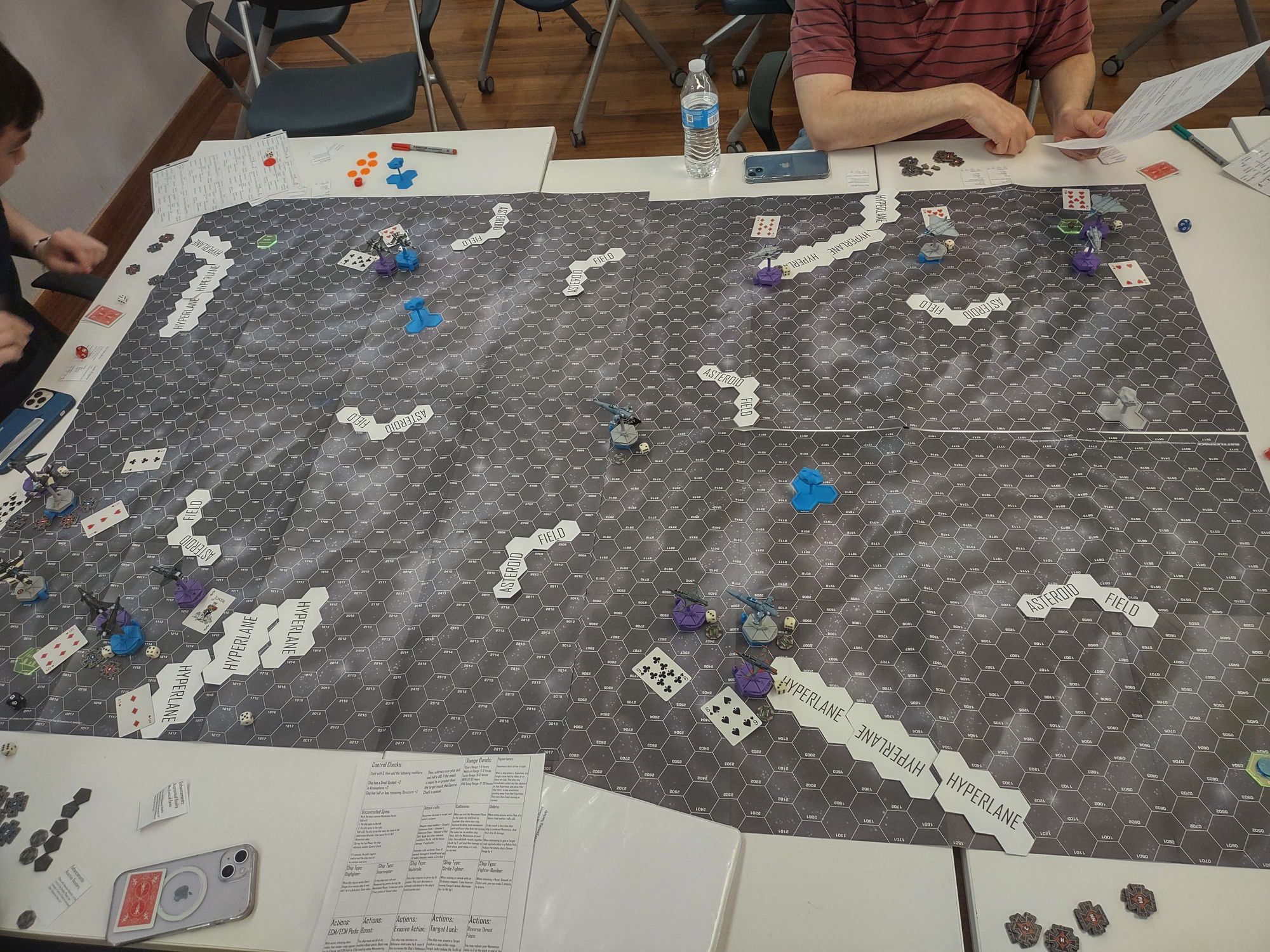
Revised critical damage system
One of the driving factors behind the continued development of Stardust is to continue to simplify unnecessarily complex mechanics and speed up the game. Now, with that said, it's important to note that simplifying a mechanic that adds a unique, rich flavor to the game to the point that flavor is lost, is a net negative.
However, particularly when a mechanic is almost antithetical to the general pace and feel of the game, and just complicates it for no gain, or more often, complicates it to the detriment of the game, it has to go. One such system was the Critical Damage system. A brief recap of how it worked in v0.79.1:
Upon hitting a ship with an attack, and that ship failed its Armor Save, the Attacker would roll a d10, adding the damage that attack dealt to the result. The resulting value determined the severity of the crit, from Superficial damage, to Internal damage, and finally, Critical damage. Then, the attacker rolled again, determining the exact effect dealt. The effects ranged from a lost action the following turn, to losing Thrust or Maneuvering points, all the way up to instant death.
The problem with this mechanic is that crits tended to be either totally harmless, or completely debilitating. Additionally, it required players to manage their ship's critical effects, which added bookkeeping to the game. Lastly, it simply slowed down the process of attacking, adding more dice rolls that might not even have an effect at all. This was all made worse by the fact that combat in Stardust was already fairly fast and brutal, even without the crit rolls. So even if a ship received a nasty Critical Damage, it often wouldn't live long enough to feel the effects of it anyways.
Another thing worth noting was the Bonus Damage value a weapon might have. A weapon might have a damage value labelled as 2/3+, which indicated that it dealt 2 damage, but upon a hit, the attacker would roll a d10, with the target result being the second number, in this case, the target result being a 3 or higher. If the target result is met, the attack would deal an extra damage. This added yet another roll to an attack, but was considered necessary, as it worked like a decimal place on a damage value to ensure that balance between weapons could be maintained.
This is now gone in v0.8. The entire system has been simplified to the following:
Damage values have been modified across the board. Now, instead of reading like "2/3+," damage values would read as "2/+3," with the second number now being a crit roll modifier. When an attack hits and the Armor Save is failed, the attacker rolls a d10, adding the weapon's crit roll modifier to the roll, aiming for a target result of 9 or higher. If the target result is met, then the weapon deals an additional 50% damage, rounded up.
In working this way, attacks have removed 2 unnecessary rolls, have simplified ship bookkeeping, and removed 13 different card stacks that needed to be on the board just to deal out crit cards. All in all, the process of attacking and dealing damage is now as fast and brutal as the rest of the game is, giving players a lot more extra time to plan out their movements, which is the core of the gameplay experience.
Balancing adjustments
A whole host of balancing changes have been made to the game. We have taken great care to plot out average damage values, expected engagement ranges, average damage for the amount of equipment slots taken up by a weapon, and many other statistical factors.
We then used this data to tweak damage values and plot each weapon on a graph, ensuring that the most limited weapons, such as Autocannons, make up for their deficits with higher damage, while the most powerful weapons, most notably Coilguns and Railguns, with their long range and, in the case of the Coilguns, special ammunition, and armor piercing effect for the Railguns, sit in the lower echelons of raw damage values. Weapons such as Lasers and Particle Lances sit more in the middle, with Lasers making up for their weak armor penetration with more raw damage. Plasma Weapons tend to trade range for higher damage output as well.
The more unique weapons like Casaba Projectors and ECLG Guns received a balancing pass as well. ECLG Guns required little adjustment, as it turned out, but Casaba Projectors needed a pretty substantial buff, increasing their rate of fire from one shot every three turns, to one shot every two turns, and decreasing their points cost.
Missiles have also been completely reworked, again in the name of reduced bookkeeping and complexity. Now, there are simply only 3 generic missiles; Heat-Seekers, Semi-Active, and Fully-Active Missiles. Additionally, missiles are now considered to be an infinite resource for the purposes of gameplay, once again to reduce bookkeeping. Now, when a ship attacks with missiles, they make an amount of attacks equal to the missiles they are using, with each attack dealing 1 damage each.
This is generally a nerf, so in order to keep missiles useful, the firing arc where they can be fired has been expanded pretty significantly. They can now fire out of every arc except the rear arc.
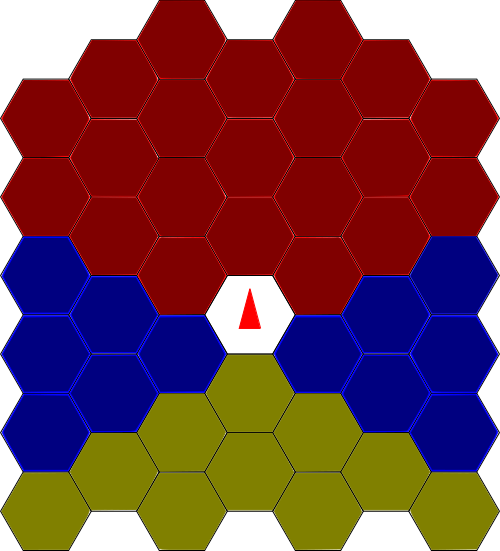
I had to face a certain fact about missiles: They were never meant to be a primary weapon of ships. That was never their purpose. They were always meant to be a secondary, backup weapon for when an attack with their primary weapon was impossible. And for missiles as they existed prior to v0.8, they were not very useful in that role, and when missiles WERE useful, they tended to just be better than the main guns equipped to that ship, which I didn't want.
So at least in this way, missiles are now just that secondary weapon. They don't tend to deal much damage, but when you don't have any other choice, it's better than nothing, and they don't cost too much to equip, either.
Miscellaneous updates
In other news, we are excited to announce that Sublight Games now has an official Studio Painter, courtesy of the talents of one Daniel Finn. I have personally known Finn for nearly a decade, and you may recognize his name in the playtesting credits of previous versions of the game. He has been a supporter of this game since before it was called Stardust, and his support for the game included funding the design of the premier Novani heavy interceptor, the Laz-417 Banshee.
It's difficult for me to describe in words his painting talents, so, I'd much rather prefer to just show you.
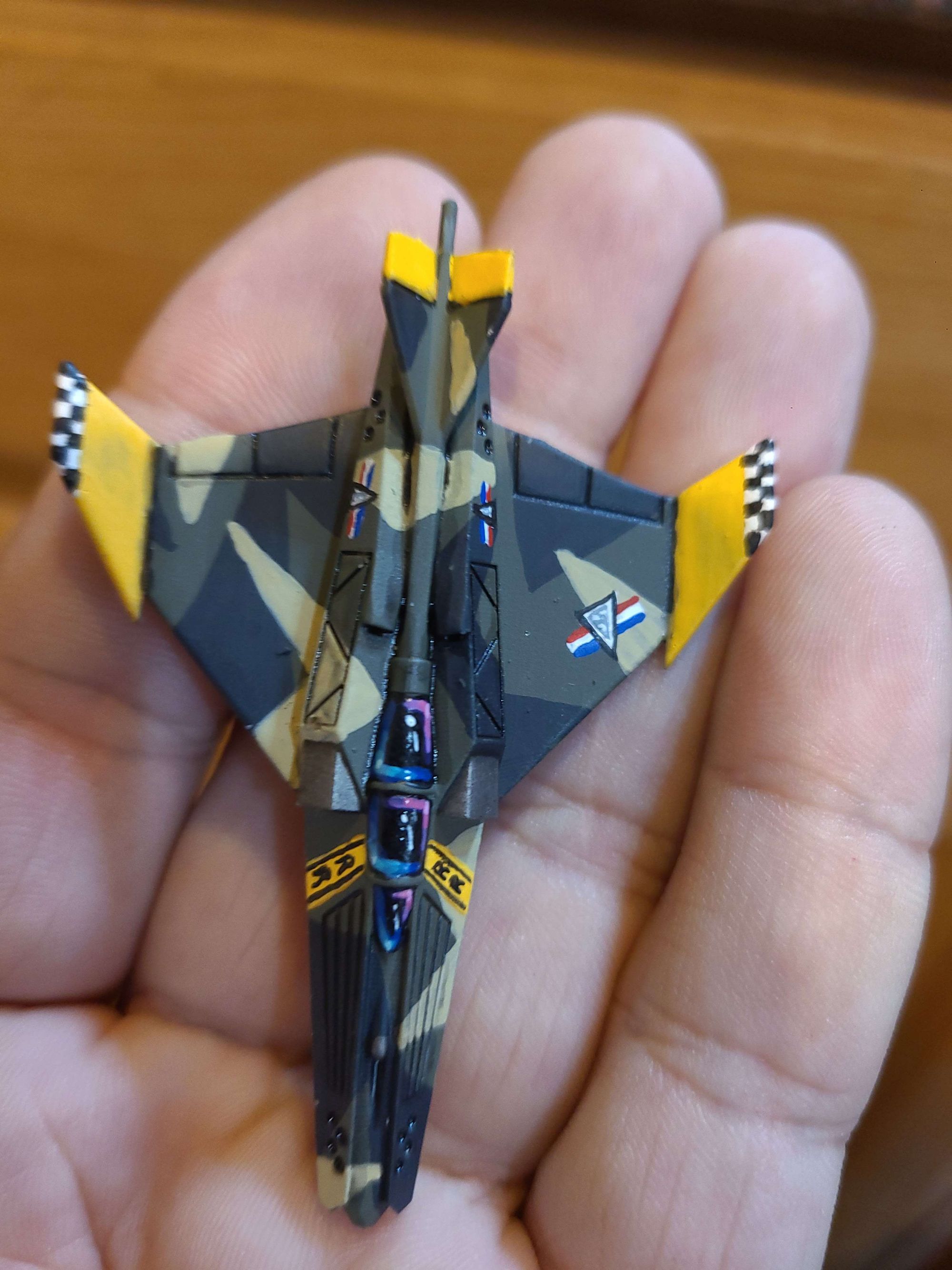
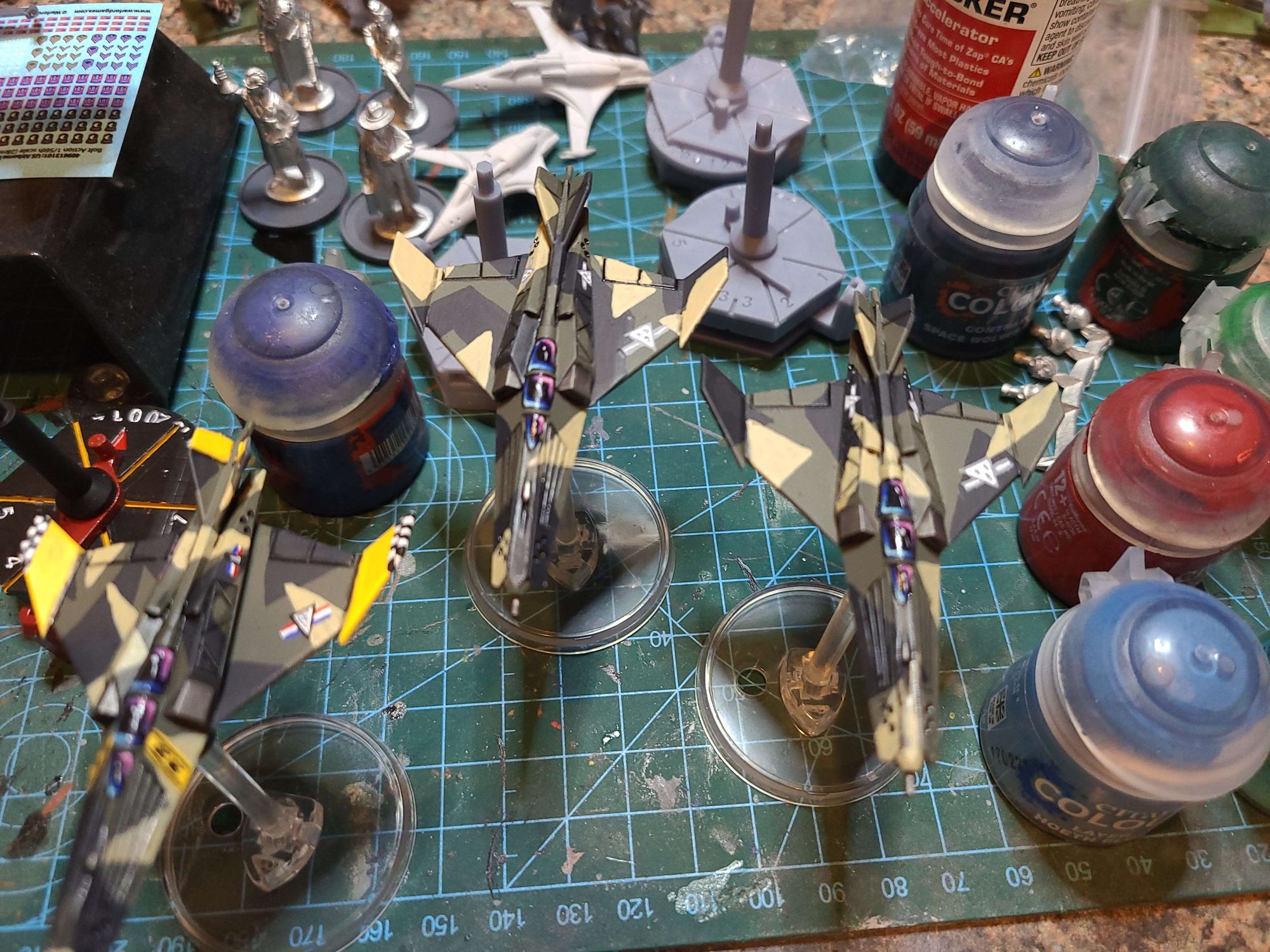
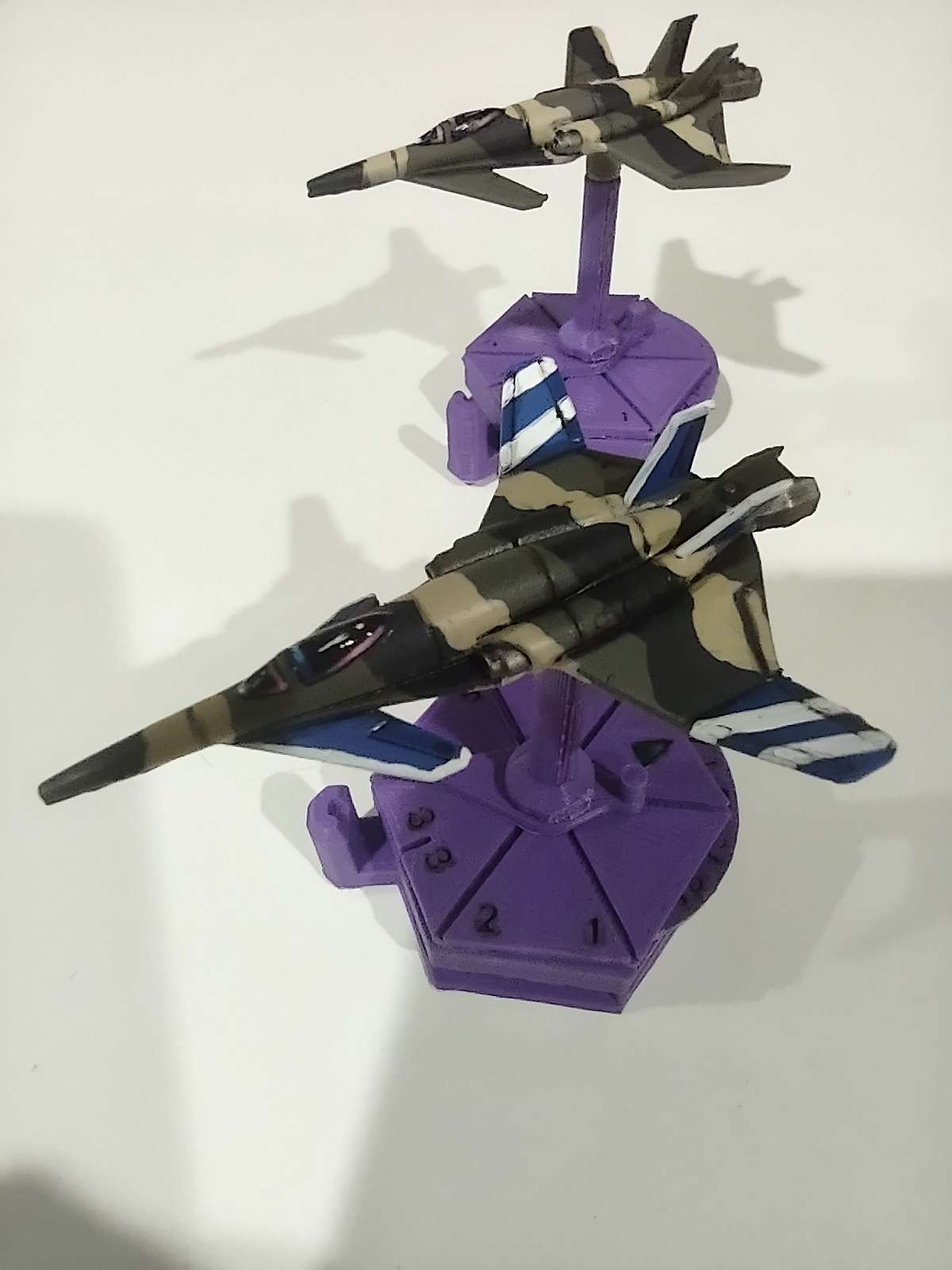
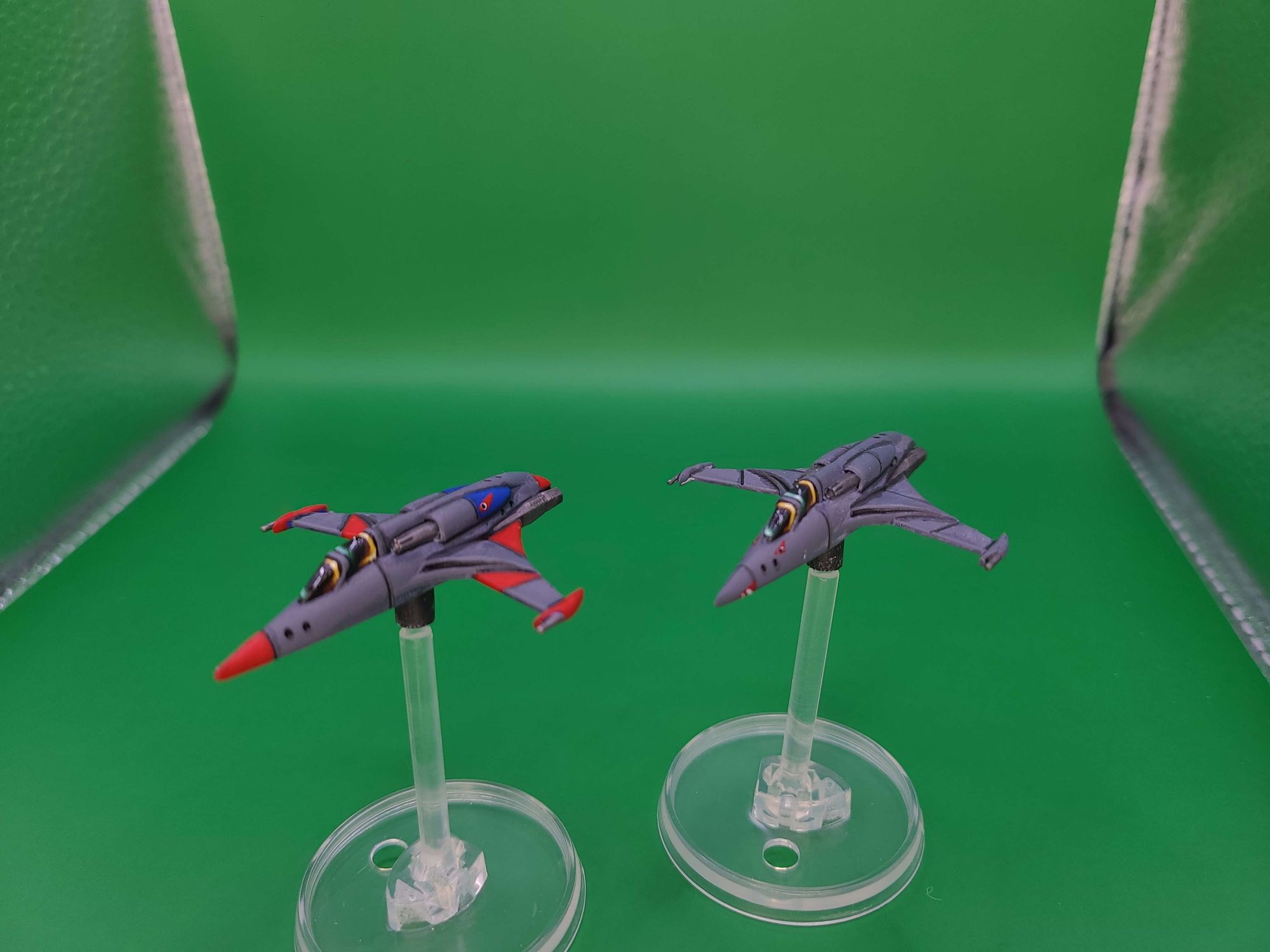
We are absolutely delighted to have his talents, and rest assured, more is coming.
Roadmap
Stardust is really coming along, and I'd like to share our plans for the future of the game. It can generally be laid out to two major milestones: v0.9, and v1.0. We should lay out the caveat now that this roadmap is based on things we intend to do, but things change during development, and certain targets may turn out to be impossible or a net negative. What this roadmap represents are goals that we have plans to accomplish. Sometimes plans fail.
Road to v0.9
We have set the target for v0.9 to represent a "minimum viable product." Gameplay-wise, we're probably already at that point. That doesn't mean we won't continue to add and improve, because frankly, if there isn't a gameplay problem to solve, I tend to make one. Gameplay improvements and balancing will continue to be made as playtesting is conducted between now and until Stardust is ready to "fully ship."
V0.9 is primarily focused on preparing the game to be ready to ship, mostly in the regime of graphic design. Put simply, the game needs to transition out of a state where it looks like a prototype, and it needs to start looking like a finished product. This means revamped ship cards, modifier cards, high quality terrain pieces, and revised and more elegant game materials, most notably, the ship bases themselves. It also means running through the ruleset with a fine tooth comb, and doing graphic design work on it such that it will be ready for printing.
In short, we want the game to be ready for things such as sending out pre-release review copies. That is the goal for v0.9.
Road to v1.0
The goals for v1.0 are more along the lines of things we want to have in the game, but that aren't strictly necessarily if we needed to go to print right then and there. Some examples would include a dynamic campaign system, and a flowchart "AI" to allow the game to be played alone or co-operatively with other players. Other goals include expanding the roster of ships, which although it is currently sufficient for an initial release product, and even perhaps a full wave of expansions, more ships = more fun.
Another major goal of v1.0 is ensuring high quality peripherals, such as terrain pieces, hex sheets, and high quality alternatives to the more basic included items. Examples would include miniature versions of terrain, offering miniatures for large ships essential to scenarios, such as the D350 Shuttle, ship bases that utilize magnets by default as opposed to the existing post-and-slot arrangement, acrylic variants of tokens, and so on. The more value and customization we can offer to players, the better the overall gameplay experience will be, and we want to give the absolute best experience we can.
Final Notes and Tabletop Simulator
Our Tabletop Simulator Workshop mod has already been updated to the new v0.8 arrangement. As before, in order to get access to the V0.8 ruleset, we humbly ask that you pledge as a Voidfarer for $5, which will get you access to the ruleset. This pledge helps us continue to fund development of the game, particularly as we close in on our final development targets.
Thank you for supporting this project. Our passion for this game and this setting is immense, and we are committed to making it happen, no matter what.
Happy Trans Day of Visibility. To all of our trans siblings, stay strong, stay safe.
- Rosalind


